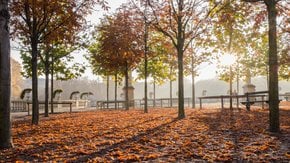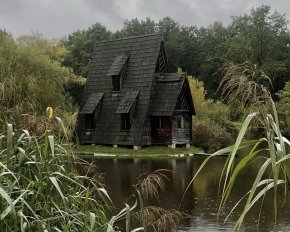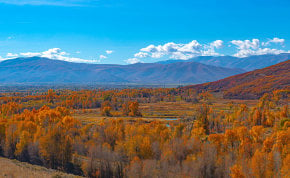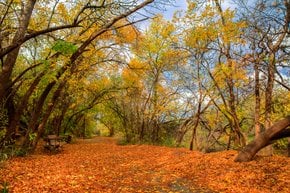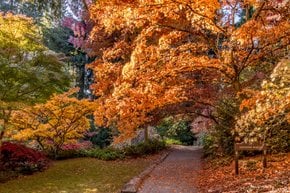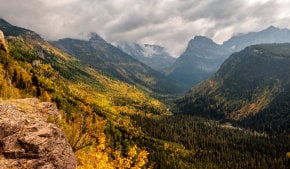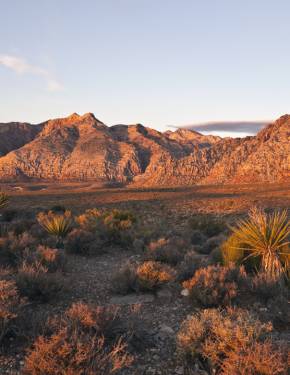Pando, the Trembling Giant in Utah 2026
You've probably never thought that a forest can be a fake. Could you imagine the largest and the oldest root system in the world that creates clones of trees? This is not a fiction. It's a real living organism and it is found in Utah
Best time: September–October
Pando is a unique living organism, which is considered to be one of the oldest existing on our planet. It is a huge grove of quaking aspens, which formed an entire forest out of one single organism. All of the 47,000 stems found in the Fishlake National Forest in Utah are genetically identical and have an interconnected underground root system. The trees in the forests look like clones, which is quite fascinating. It's difficult to grasp how massive the Pando actually is. It covers an area of 103 acres (43 ha) and weighs around 6,000 tons. It is considered to be over 80,000 years old. All those trees are reproduced via a process of root spreading.
Pando Fall Foliage
The most spectacular time to observe the phenomenon is fall. Quaking aspens are known for their stunning golden fall foliage, which seems to brighten up the evergreens of the Fishlake National Forest. Because the forest sit on a mountainous terrain, the leaves change their color quite early in the season, starting from mid-September, The peak of fall colors can be witnessed in late September and early October.
Future of the Quaking Aspen Tree
The future of this unique giant plant is in danger. The stems suffer from droughts and pests, while the roots are under attack as well due to overgrazing by deer and elk. Pando stems usually wither after 110-150 years. If there are no new stems to replace the old ones, Pando can die due to a sudden withering and shrinking. Nowadays, extensive studies and monitoring programs are underway to protect the tree and to monitor the wildlife activity around it.
Location & Trails
The Pando Grove is located in the Fishlake National Forest in south-central Utah. The forest is home to the largest alpine lake in the Beehive state. Pando can be reached by traveling on Highway 25 southwest of the lake. The Fish Lake Scenic Byway is a great opportunity to witness both the lake and Pando, as well as embark on a hiking trip. The Fishlake Loop, which begins and ends at the Fish Lake Lodge, offers two hike variations, with the west part of the trail being easier and well-marked. The east section proves to be a challenge for some, with steep climbs and hilly terrain.
Fishlake National Forest
Named after Fish Lake, a beautiful mountain lake, Fishlake National Forest is worth staying around for, if you're in the area. Besides Pando, there's several other places to witness stunning fall foliage, including Johnson Valley Reservoir. This large body of water is also surrounded by beautiful aspen trees, reflecting in the lake. The Reservoir and Fish Lake are linked by a marked trail, so you can visit both landmarks in one day. Admission to the forest is free, however, some activities may require a permit, which can be purchased for a fee. The forest is open year-round, except for picnic areas and some facilities, which operate from 6 am until 10 pm.







